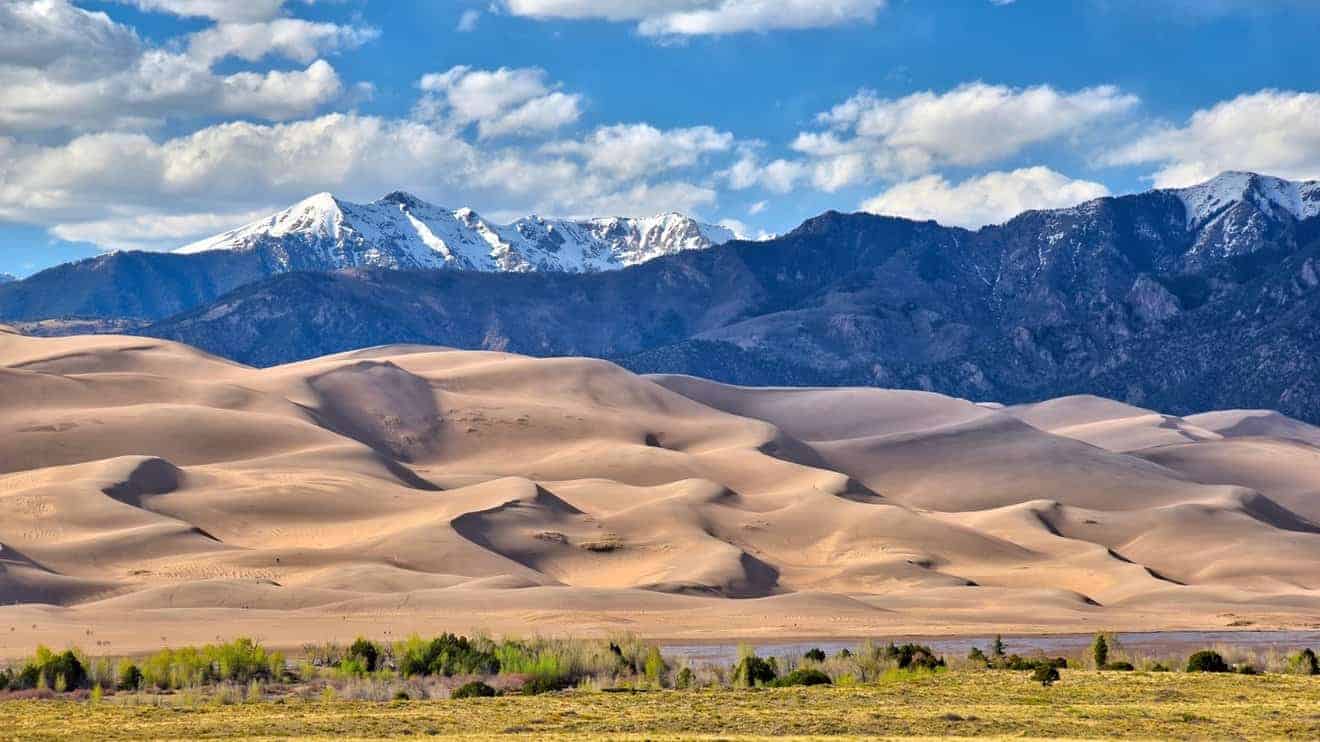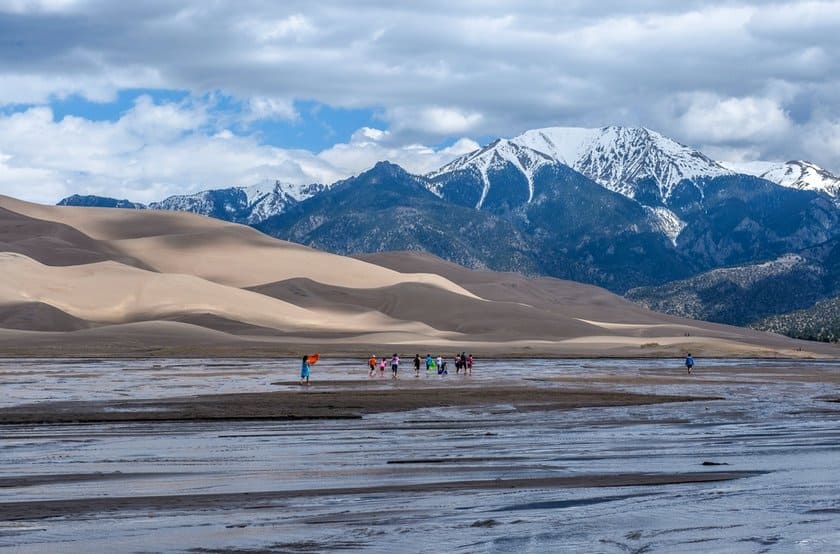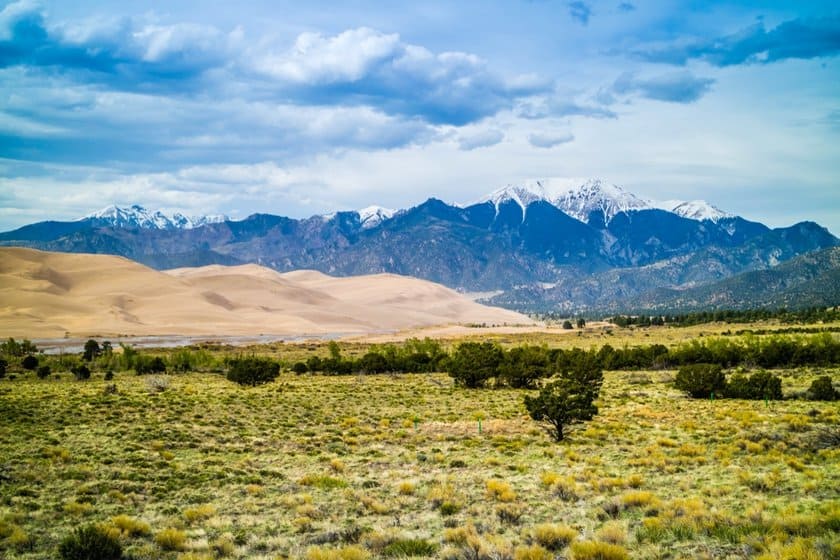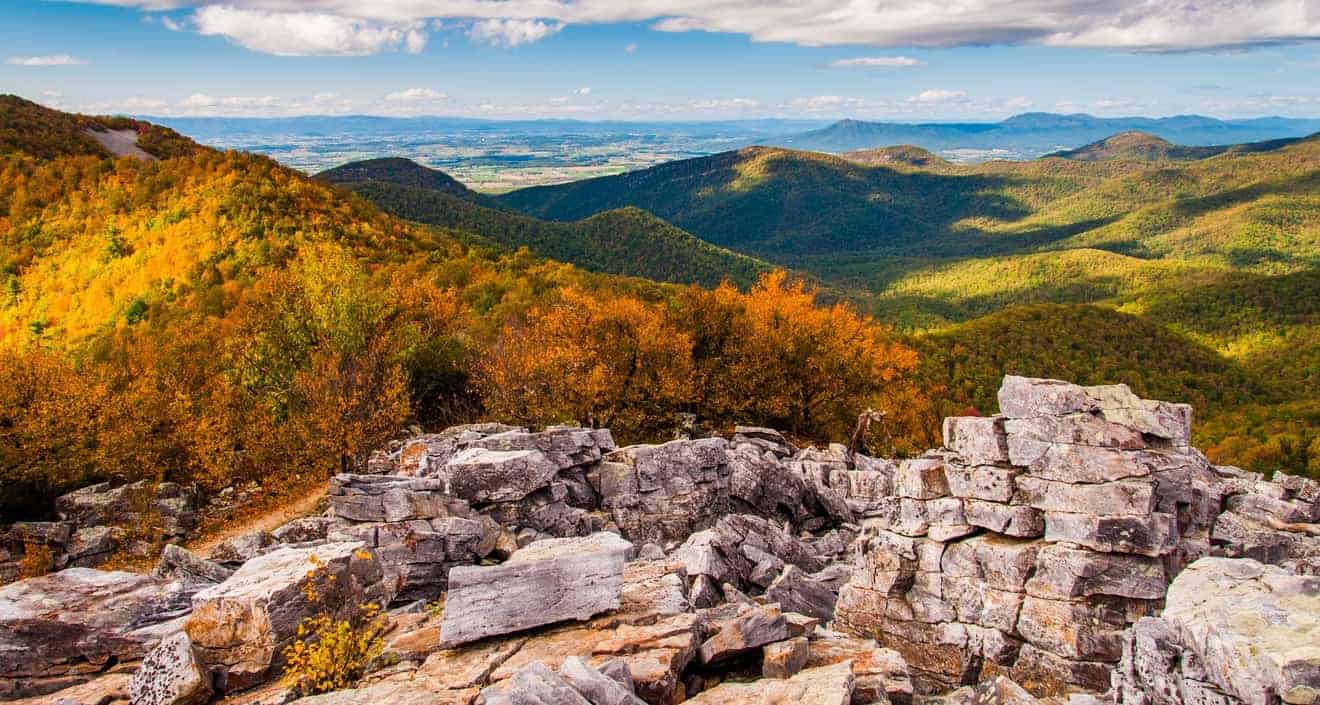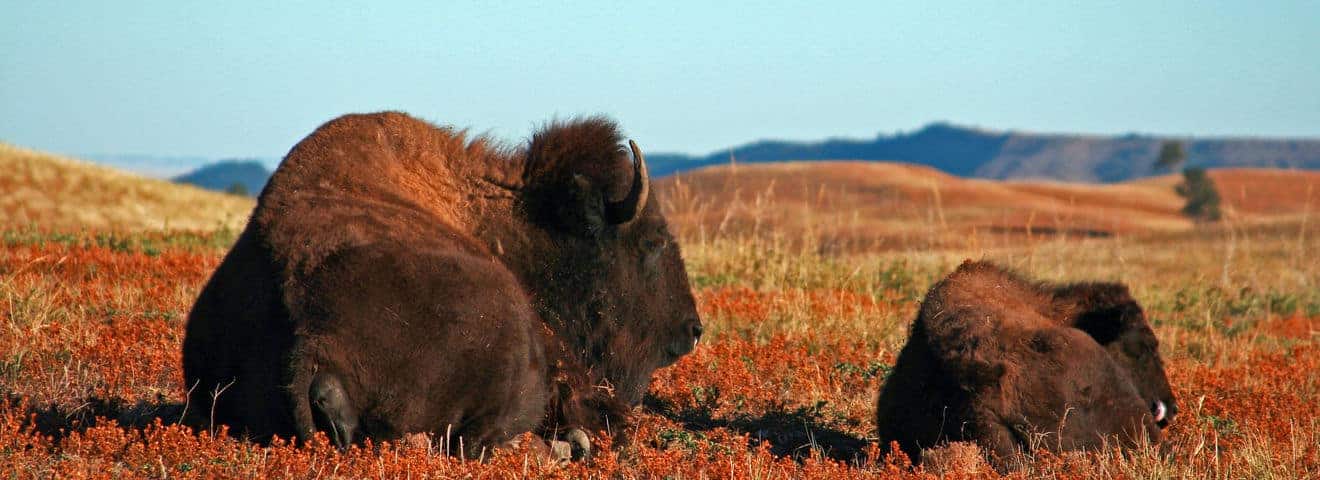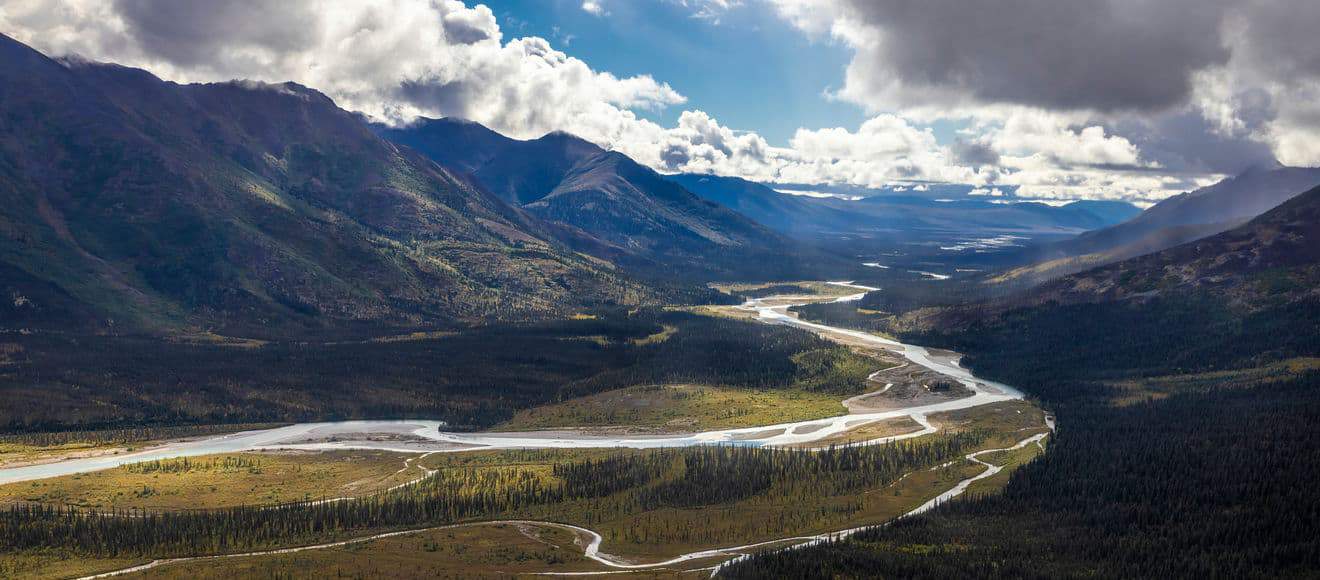https://www.anrdoezrs.net/click-100305836-11552045?sid=GreatSandDunes&url=https%3A%2F%2Fwww.expedia.com%2FMosca-Hotels-Nelsons-Crash-Pad.h96812136.Hotel-Information%3Fchkin%3D2024-04-01%26chkout%3D2024-04-02%26flexibility%3D1_DAY%26searchRange%3D2024-04-01_2024-04-30%26searchRange%3D2024-05-01_2024-05-31%26searchRange%3D2024-06-01_2024-06-30%26searchRange%3D2024-07-01_2024-07-31%26searchRange%3D2024-08-01_2024-08-31%26x_pwa%3D1%26rfrr%3DHSR%26pwa_ts%3D1709631760376%26referrerUrl%3DaHR0cHM6Ly93d3cuZXhwZWRpYS5jb20vSG90ZWwtU2VhcmNo%26useRewards%3Dfalse%26rm1%3Da2%26regionId%3D6089659%26destination%3DGreat%2BSand%2BDunes%2BNational%2BPark%252C%2BColorado%252C%2BUnited%2BStates%2Bof%2BAmerica%26destType%3DMARKET%26latLong%3D37.73406%252C-105.50919%26sort%3DRECOMMENDED%26top_dp%3D149%26top_cur%3DUSD%26userIntent%3D%26selectedRoomType%3D96812136%26selectedRatePlan%3D0004e9672a9fe63b43cf9f0299779e427cd1%26searchId%3D07330d5a-dffe-4174-8a4b-9c41dbc9fdb0Browsing through images of Colorado, you probably came across beautiful photographs of imposing sand dunes with striking mountain peaks as their backdrop. If you’ve ever wondered where you can admire this spectacle you’ve come to the right place: today we discover how to visit the Great Sand Dunes National Park, the park where there are the highest sand dunes in North America (up to 700 feet high).
Contents
What is the Great Sand Dunes National Park?
In the eastern portion of the San Luis Valley, at the foot of the Sangre de Cristo mountain range, the gigantic sand dunes that give their name to the park stand majestically. The dunes cover an area of about 48 square miles (estimated at 16.4 billion cubic feet of sand).
The boundaries, however, go well beyond the area covered by the dunes, also covering significant portions of the mountainous stretch that, in addition to offering excellent walking opportunities, also offers beautiful views of the dunes themselves. The dunes themselves offer the possibility of walks, and visitors have the opportunity to have fun sliding on the sand on a special board that can be hired on site.
The full name of the park is Great Sand Dunes National Park and Preserve, this is because a large part of the mountainous area does not fall within the boundaries of the national park in the strictest sense, but in that of the National Preserve, a natural area protected by the federal government, but where activities such as fishing, hunting, mining or other are allowed.
Directions to Great Sand Dunes National Park
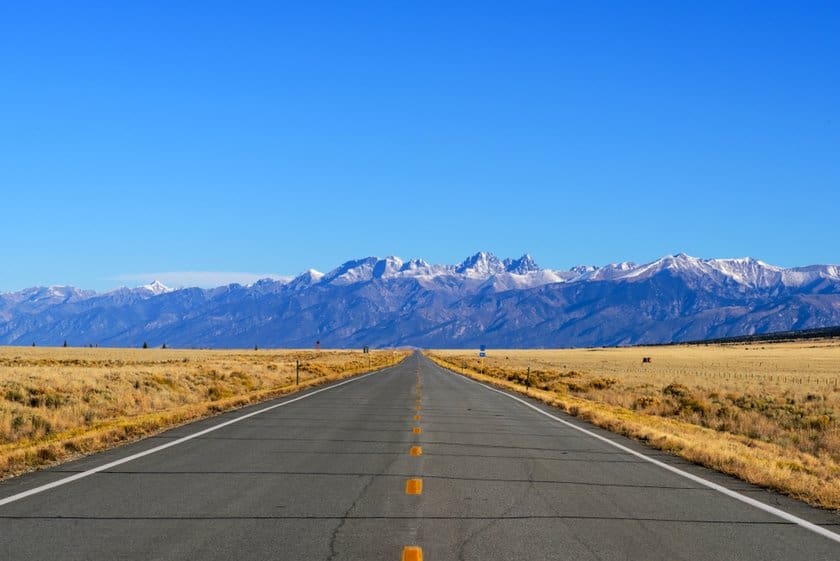
The Great Sand Dunes National Park is located in the southern region of Colorado, not far from the border with New Mexico, about 3 hours from Santa Fe and 4 from Albuquerque, the same distance that separates the park from Denver, Colorado’s largest city. If you are coming from Denver, or even Colorado Springs or Pueblo, you will have to drive south on I-25, then turn right on 160 and then right again on 150, the road that crosses the park.
If you are coming from the south (New Mexico) the main road to follow is the 285 that connects with the 160 at the town of Alamosa, and then the 150.
Admission Fee and schedules

The park is open year-round, and the Visitor Center follows the following hours:
- Fall, Winter and Spring (Labor Day through Memorial Day weekend): 9 a.m. to 4:30 p.m
- Summer (Memorial Day weekend through Labor Day weekend): 8:30 a.m. to 5 p.m
Admission costs $25 per car and is valid for 7 consecutive days. Since it is operated by the NPS, a USA parks pass is accepted.
Best Time to Visit Great Sand Dunes NP
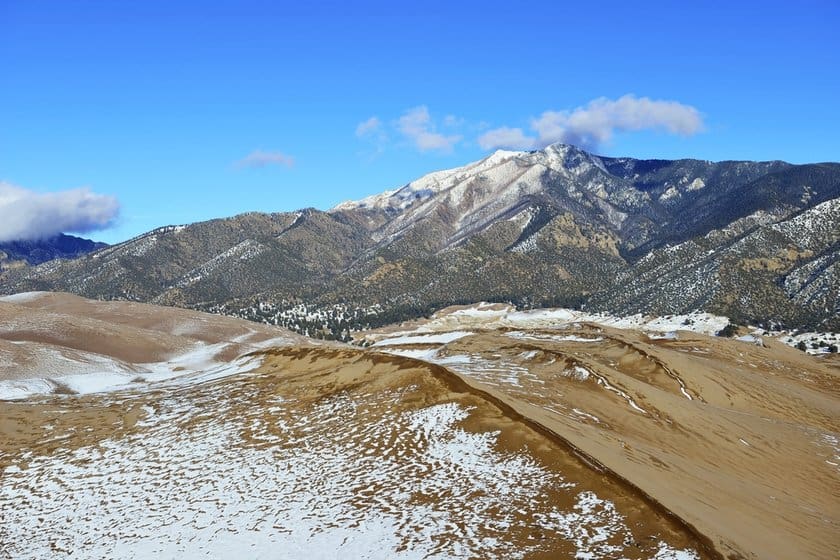
The park’s climate offers pleasant summers and cold winters, with summer daytime temperatures ranging between 69° and 80° F and nighttime lows that can drop as low as 50°. Thunderstorms occur mainly in July and August. The valley is subject to strong winds, especially from April to early June.
Moderate daytime temperatures occur in the fall and spring, while the winter months have daytime temperatures below 50° and nighttime temperatures below freezing. There is snow in the winter months, peaking in March. The park is not particularly crowded, although the Dunes Parking area is particularly used by tourists.
There is no real best time to visit the park, any moment is good: if summer is the best season to observe the spectacle of the starry sky, winter offers the opportunity to admire the large dunes covered in snow, autumn and spring are instead preferred for the mild climate.
Best Things to Do in Great Sand Dunes National Park
The park is crossed by a single paved road, the 150, which leads to the Visitor Center, the access areas to the dunes and the mountain trails. In all, there are 5 rest areas from where you can reach the various trails and viewpoints. Here they are in order from south to north (and also indicated in the interactive map just below):
- Visitor Center: Here you can watch the film and see the exhibits for a better understanding of the park’s natural features. Ask the rangers for information and buy a souvenir at the store. The short Sand Sheet Loop trail also starts here.
- Montville / Mosca Pass Trailhead: 3 interconnected trails start here: the Montville Nature Trail, the Mosca Pass Trail and the Wellington Ditch Trail. The first and third give beautiful panoramic views from high above the dunes.
- Dunes Parking: This is the most visited spot in the park. From here you can get a close-up view of the towering sand dunes, venture out to walk on them, glide across the sand on a board, or bathe in the Medano Creek.
- Piñon Flats Campground: This is the last parking area accessible by paved road. Here you’ll find the amphitheater, which rangers use for their demonstrations, and the trailhead for both forest (Dunes Overlook Trail) and dune trails (Dunes Trail from Piñon Flats).
- Point of No Return: You can get here by taking the Medano Pass Primitive Road. Beyond this point requires a 4×4 car. From here, trails lead to 2 picnic areas (Sand Pit and Castle Creek) that are closer to the dunes and, compared to the more visited Dunes Parking, allow you to enjoy the show in a less crowded environment. Both picnic areas can also be reached by a 4×4 vehicle.
Map
How to visit the dunes
As mentioned above, the most popular area to visit the dunes is the one called Dunes Parking, just a 5-minute drive from the Visitor Center. Here’s everything there is to do:
Medano Creek: take a swim at the foot of the dunes
To reach the dunes from the parking lot you’ll have to cross the seasonal Medano Creek, which usually flows from April to June, with peak flows from late May to early June. Many tourists take advantage of the beautiful natural setting to take a dip, keep in mind though that if you visit the park in July and August, you may find the creek running dry.
Walking on the dunes
You can be content with the beautiful view, or you can stretch your legs and take a walk on this incredible stretch of sand that stretches as far as the eye can see. You could take the High Dune Trail (length 3 miles, 630 feet of elevation gain), which leads to the highest dune on the first ridge, or the High and Star Dune Loop Trail (length 8 miles, 1200 feet of elevation gain), which will take you to the Star Dune, the highest dune in all of North America, or the Dunes Trail starting at Piñon Flats, which also leads to the High Dune. It is a good idea, however, to consider the following aspects.
Dune trails are not marked and even online GPS tracks (including the ones linked here) can be inaccurate, as they cannot account for changes in the dunes over time. Finally, before embarking on a strenuous dune hike, I recommend reading the safety tips at the end of this article.
Sandboarding and Sand Sledding
It is not often that you can slide with a board on immense sand dunes so why not take advantage of it? To do this you’ll need a special board, which you can rent either at the entrance to the park or in the surrounding area. Here are some places where they are available:
- Oasis Store, the general store you find just before the park entrance sign, a short distance from the Great Sand Dunes Lodge.
- Kristi Mountain Sports, sporting goods store in the nearby town of Alamosa (3223 Main St, Alamosa), a 45-minute drive from the park.
- Mountain View Motor Inn, hotel in the town of Fort Garland, 35 minutes from the park.
Keep in mind that there are 2 types of boards: the one suitable for sandboarding, where you stand, a bit like snowboarding, and the one for sand sledding, sliding down the dunes on the board while sitting.
Great Sand Dunes Hiking Trails
As already mentioned, there are also several mountain trails in this park, which allow you to go into the highlands, take beautiful walks in the woods and admire the spectacular expanse of dunes from above. The lengths of the paths shown here (as well as those indicated above) are all round trips.
- Sand Sheet Loop (0.4 miles long): this is the short, boarded trail you’ll find outside the Visitor Center. It is not actually a mountain trail but a pleasant and very short flat walk that gives you beautiful views of the dunes without making the slightest effort.
- Montville Nature Trail (length 0.5 miles, elevation gain 90 feet): easy, short trail in the woods that leads to great views of Mount Herard, the sea of dunes and the San Luis Valley. The trail starts from the Montville/Mosca Pass Trailhead. The trail branches into 2 other trails:
- the long Mosca Pass Trail (total length 6 miles, elevation gain 1500 feet), which heads into the mountains following the course of a stream.
- the Wellington Ditch Trail (total length 1.8 miles, elevation gain 150 feet), which continues to Piñon Flats Campground by walking parallel to the expanse of the dunes and offering other beautiful panoramic views of them.
- Dunes Overlook Trail (length 2.7 miles, elevation gain 460 feet): this trail is taken from Piñon Flats Campground and provides beautiful views of the first ridge of the dunes from above.
- Medano Lake Trail (7.9 miles, elevation gain 2300 feet): A beautiful alpine trail that takes you through lush meadows and forests to the lake bearing the same name. From here, the more fearless of you can continue to the summit of Mount Herard at 13,350 feet above sea level. This is the most beautiful vantage point in the entire park, with a chance to see the entire expanse of dunes from above. This is a challenging hike that takes the entire day. Reaching the trailhead (Medano Lake Trailhead) isn’t easy, either: you’ll need a 4×4 vehicle. To get a better idea, check out the video below.
- Zapata Falls Trail (length 0.85 miles, elevation gain 200 feet): this trail is actually located outside the park, inside the Rio Grande National Forest, and it’s also quite far (about 40 minutes from the visitor center), but from the parking lot you can enjoy a beautiful view of the dunes framed by the Sangre de Cristo mountains as their backdrop. To get to the viewpoint you will have to turn from the 150 onto a dirt road that is a bit bumpy at this point, and continue for more than 3 miles until you reach the parking lot. Once there, in addition to enjoying the viewpoint, I would recommend you walk the beautiful path that leads to the falls.
Night experience
If you can, I would advise you to sleep near the park so that you can enjoy a visit after dark. Admiring the sky from the dunes, even just at the entrance to the sandy expanse, is a wonderful experience, and August is the best month to admire the Milky Way. The rangers themselves encourage nighttime visits by even holding events at the amphitheater.
Great Sand Dunes Wildlife
Visiting this park can also be a great opportunity to see beautiful specimens of animals that roam the Rocky Mountains regions; the easiest way to spot moose, antelope, and mule deer is to drive along 150 around dawn or dusk, stopping at rest stops along the way.
Places to Stay Near Great Sand Dunes

Within the park there are campgrounds, but no hotels. However, there is a good hotel just before the entrance of the park, Great Sand Dunes Lodge the best solution in terms of location, and Nelson’s Crash Pad, just few minutes from the Visitor Center, which is a simple solution for those who have always dreamed of staying overnight in the middle of the Rocky Mountains, among bison and horses grazing in the grasslands.
If your itinerary takes you further away from the park, the best place to look for lodging is Alamosa, a college town with a historic downtown area and the most hotels in the area. You can also look in towns closer to the dunes, but the number of available accommodations thins out. Here’s a complete list:
- Mosca (25 minutes): all accommodations
- Hooper (35 minutes): all accommodations
- Fort Garland (35 minutes): all accommodations
- Alamosa (40 minutes): all accommodations
- Monte Vista (50 minutes): all accommodations
If you’re looking for an out-of-the-ordinary camping experience, north of Hooper you can sleep at a UFO Watchtower set up specifically for UFO sightings.
Places to Eat Near Great Sand Dunes
Just before the park entrance, you’ll find the Oasis Restaurant and Store (7800 CO-150, Mosca), open from April to October, the closest restaurant to the Great Sand Dunes National Park. For a more local experience, you can take advantage of the cuisine at the aforementioned Zapata Ranch (5305 CO-150, Mosca), where you can enjoy local produce, from bison raised on the ranch to trout from the nearby river. If you prefer to move around a bit, you can find many restaurants in the towns mentioned above; if you’re passing through Alamosa, the burgers and classic American cuisine at The Rubi Slipper (506 State Ave, Alamosa) are just great.
Safety Warnings
If you want to explore the dunes, bear in mind that they can reach very high temperatures and it is advisable to visit in the morning or evening, preferably wearing closed shoes. Especially during the summer months, lightning can be a particularly dangerous hazard, so avoid visiting the dunes if there is a storm coming. There are also dangerous animals in the park such as bears and cougars, so follow the rangers’ recommendations to the letter.
